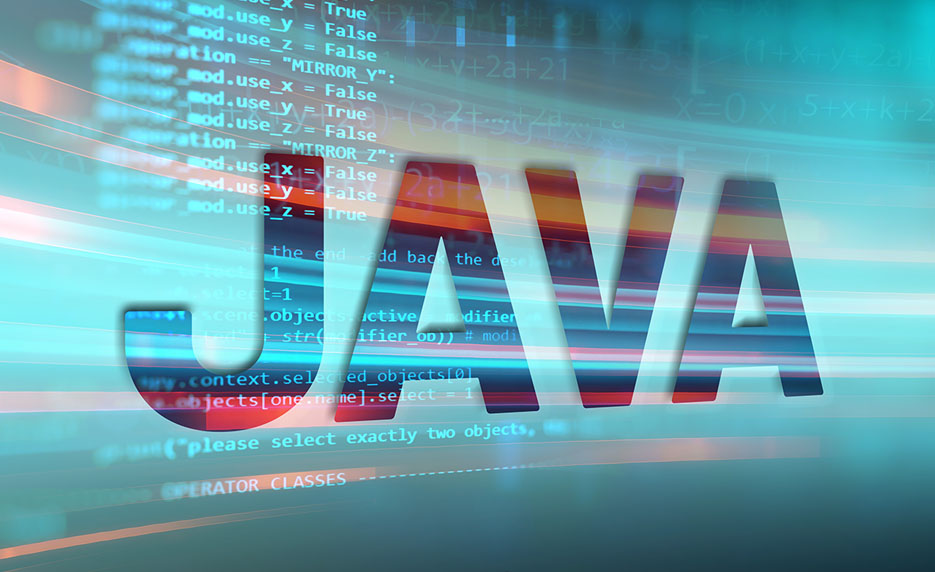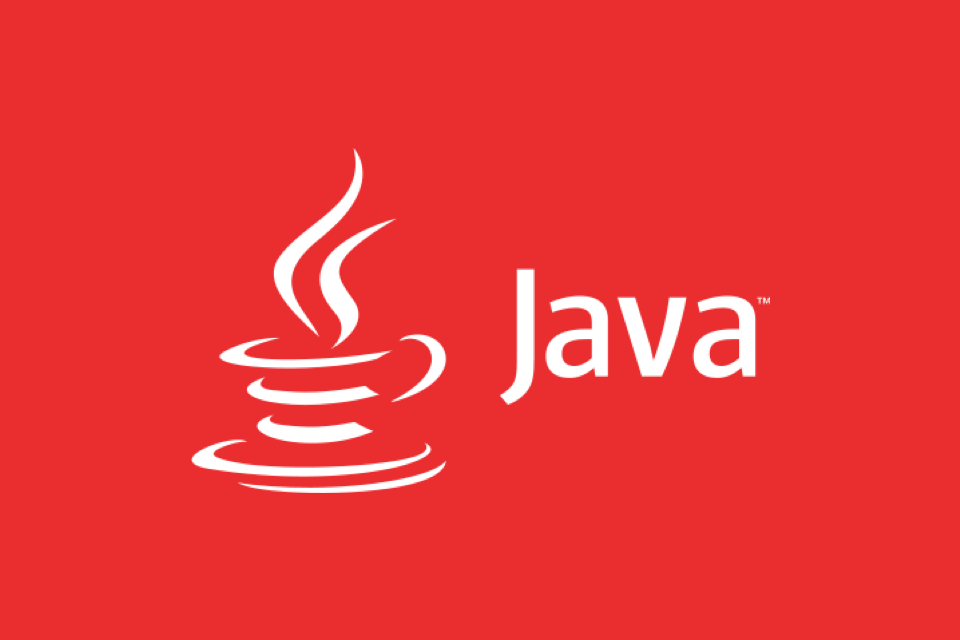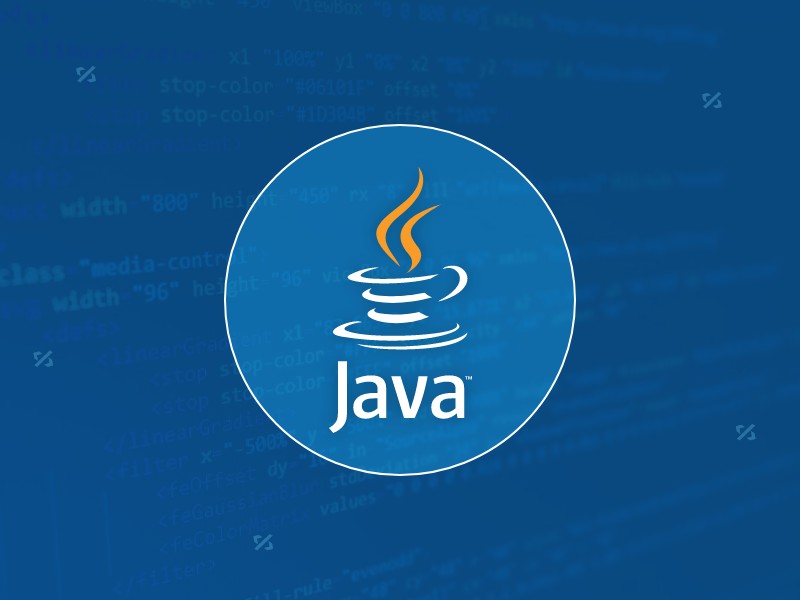Checked exceptions are exceptions that must be processed during compilation, such as IOException and SQLException, which need to be declared by try-catch or throws, otherwise an error will be reported in the compilation; unchecked exceptions are runtime exceptions, such as NullPointerException and ArrayIndexOutOfBoundsException, the compiler does not force processing. 1. The checked exception is suitable for errors that the caller must handle, such as the IO operation fails, which is suitable for scenarios where recovery, retry or explicit processing is required; 2. The unchecked exception is suitable for program logic errors or bugs, such as null pointers and arrays that are out of bounds, and is more suitable for encapsulating libraries and tool classes to avoid code redundancy; 3. In actual development, frameworks such as Spring tend to encapsulate checked as unchecked exceptions to simplify code. When designing APIs, the exception type can be selected according to whether they need to be processed. Unchecked can also be used uniformly and managed with the global processor.

In Java's exception handling mechanism, checked exceptions and unchecked exceptions are two often confusing concepts. Simply put, the main difference between them is whether the compiler forces you to handle it.

Checked exceptions are exceptions that must be handled during the compilation stage, such as IOException or SQLException . If your method may throw such an exception, either you try-catch it or you declare it with throws on the method signature. Otherwise the compiler will report an error.

Unchecked exceptions are runtime exceptions, such as NullPointerException and ArrayIndexOutOfBoundsException . The compiler will not force you to capture or declare them.
When should I use checked exception?
Checked exception is suitable when you want the caller to have to handle an error situation. For example, you may encounter an IO error when reading a file. It is reasonable to throw IOException at this time - the caller should know that this step may fail and handle it accordingly.

- If the operation fails, you can resume or try again, you can use the checked exception.
- If you need to let the caller explicitly handle a specific error path instead of ignoring it, it is also suitable to use checked exception.
But it should be noted that excessive use of checked exception may make the code cumbersome, especially in the case of multi-layer calls, each layer needs to throws or try-catch, which will affect readability and development efficiency.
What scenarios are the unchecked exception more suitable?
When an exception is a bug or logic error in your program, you should use unchecked exception. for example:
- Null pointer access
- Arrays cross bounds
- Type conversion error
These are usually problems that programmers write by themselves, not external environments. In this case, even if you force catch, it is unlikely that you can really "fix" the problem, and it will easily cover up the root of the error.
In addition, in some tool classes and general libraries, unchecked exceptions are more inclined to use, so that the caller does not need to try-catch every time and keep the code concise.
Some common practices in actual coding
In actual development, many frameworks have tended to reduce the use of checked exceptions. For example, many places in the Spring framework that might have thrown SQLException are encapsulated as unchecked DataAccessException . This is done to simplify calling code.
If you are designing the API:
- For controllable errors in business logic (such as illegal parameters, non-existence of data, etc.), unchecked exception can be used;
- For external resource-related errors (such as network request failure and file not found), you can decide whether to use the checked exception based on whether the caller needs to be processed.
Some developers also like to use unchecked exceptions uniformly and then capture and handle them through the global exception handler, so that front-end and back-end interaction is more convenient.
Basically these differences. After all, which exception type you choose depends on whether you want the caller to have to deal with the error. Not all exceptions are worthy of forced handling, nor are all errors supposed to be hidden.
The above is the detailed content of Checked vs unchecked exceptions in Java explained.. For more information, please follow other related articles on the PHP Chinese website!

Hot AI Tools

Undress AI Tool
Undress images for free

Undresser.AI Undress
AI-powered app for creating realistic nude photos

AI Clothes Remover
Online AI tool for removing clothes from photos.

Clothoff.io
AI clothes remover

Video Face Swap
Swap faces in any video effortlessly with our completely free AI face swap tool!

Hot Article

Hot Tools

Notepad++7.3.1
Easy-to-use and free code editor

SublimeText3 Chinese version
Chinese version, very easy to use

Zend Studio 13.0.1
Powerful PHP integrated development environment

Dreamweaver CS6
Visual web development tools

SublimeText3 Mac version
God-level code editing software (SublimeText3)

Hot Topics
 Difference between HashMap and Hashtable?
Jun 24, 2025 pm 09:41 PM
Difference between HashMap and Hashtable?
Jun 24, 2025 pm 09:41 PM
The difference between HashMap and Hashtable is mainly reflected in thread safety, null value support and performance. 1. In terms of thread safety, Hashtable is thread-safe, and its methods are mostly synchronous methods, while HashMap does not perform synchronization processing, which is not thread-safe; 2. In terms of null value support, HashMap allows one null key and multiple null values, while Hashtable does not allow null keys or values, otherwise a NullPointerException will be thrown; 3. In terms of performance, HashMap is more efficient because there is no synchronization mechanism, and Hashtable has a low locking performance for each operation. It is recommended to use ConcurrentHashMap instead.
 What are static methods in interfaces?
Jun 24, 2025 pm 10:57 PM
What are static methods in interfaces?
Jun 24, 2025 pm 10:57 PM
StaticmethodsininterfaceswereintroducedinJava8toallowutilityfunctionswithintheinterfaceitself.BeforeJava8,suchfunctionsrequiredseparatehelperclasses,leadingtodisorganizedcode.Now,staticmethodsprovidethreekeybenefits:1)theyenableutilitymethodsdirectly
 How does JIT compiler optimize code?
Jun 24, 2025 pm 10:45 PM
How does JIT compiler optimize code?
Jun 24, 2025 pm 10:45 PM
The JIT compiler optimizes code through four methods: method inline, hot spot detection and compilation, type speculation and devirtualization, and redundant operation elimination. 1. Method inline reduces call overhead and inserts frequently called small methods directly into the call; 2. Hot spot detection and high-frequency code execution and centrally optimize it to save resources; 3. Type speculation collects runtime type information to achieve devirtualization calls, improving efficiency; 4. Redundant operations eliminate useless calculations and inspections based on operational data deletion, enhancing performance.
 What is an instance initializer block?
Jun 25, 2025 pm 12:21 PM
What is an instance initializer block?
Jun 25, 2025 pm 12:21 PM
Instance initialization blocks are used in Java to run initialization logic when creating objects, which are executed before the constructor. It is suitable for scenarios where multiple constructors share initialization code, complex field initialization, or anonymous class initialization scenarios. Unlike static initialization blocks, it is executed every time it is instantiated, while static initialization blocks only run once when the class is loaded.
 What is the Factory pattern?
Jun 24, 2025 pm 11:29 PM
What is the Factory pattern?
Jun 24, 2025 pm 11:29 PM
Factory mode is used to encapsulate object creation logic, making the code more flexible, easy to maintain, and loosely coupled. The core answer is: by centrally managing object creation logic, hiding implementation details, and supporting the creation of multiple related objects. The specific description is as follows: the factory mode handes object creation to a special factory class or method for processing, avoiding the use of newClass() directly; it is suitable for scenarios where multiple types of related objects are created, creation logic may change, and implementation details need to be hidden; for example, in the payment processor, Stripe, PayPal and other instances are created through factories; its implementation includes the object returned by the factory class based on input parameters, and all objects realize a common interface; common variants include simple factories, factory methods and abstract factories, which are suitable for different complexities.
 What is the `final` keyword for variables?
Jun 24, 2025 pm 07:29 PM
What is the `final` keyword for variables?
Jun 24, 2025 pm 07:29 PM
InJava,thefinalkeywordpreventsavariable’svaluefrombeingchangedafterassignment,butitsbehaviordiffersforprimitivesandobjectreferences.Forprimitivevariables,finalmakesthevalueconstant,asinfinalintMAX_SPEED=100;wherereassignmentcausesanerror.Forobjectref
 What is type casting?
Jun 24, 2025 pm 11:09 PM
What is type casting?
Jun 24, 2025 pm 11:09 PM
There are two types of conversion: implicit and explicit. 1. Implicit conversion occurs automatically, such as converting int to double; 2. Explicit conversion requires manual operation, such as using (int)myDouble. A case where type conversion is required includes processing user input, mathematical operations, or passing different types of values ??between functions. Issues that need to be noted are: turning floating-point numbers into integers will truncate the fractional part, turning large types into small types may lead to data loss, and some languages ??do not allow direct conversion of specific types. A proper understanding of language conversion rules helps avoid errors.
 Why do we need wrapper classes?
Jun 28, 2025 am 01:01 AM
Why do we need wrapper classes?
Jun 28, 2025 am 01:01 AM
Java uses wrapper classes because basic data types cannot directly participate in object-oriented operations, and object forms are often required in actual needs; 1. Collection classes can only store objects, such as Lists use automatic boxing to store numerical values; 2. Generics do not support basic types, and packaging classes must be used as type parameters; 3. Packaging classes can represent null values ??to distinguish unset or missing data; 4. Packaging classes provide practical methods such as string conversion to facilitate data parsing and processing, so in scenarios where these characteristics are needed, packaging classes are indispensable.






